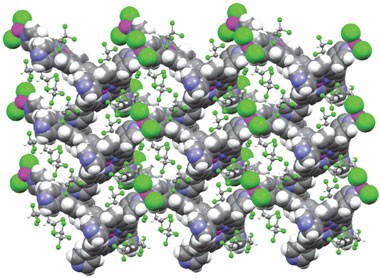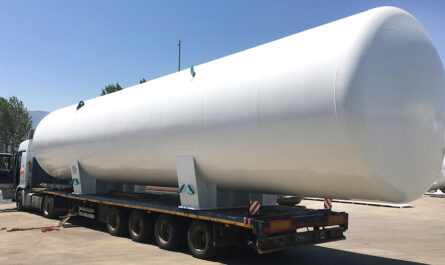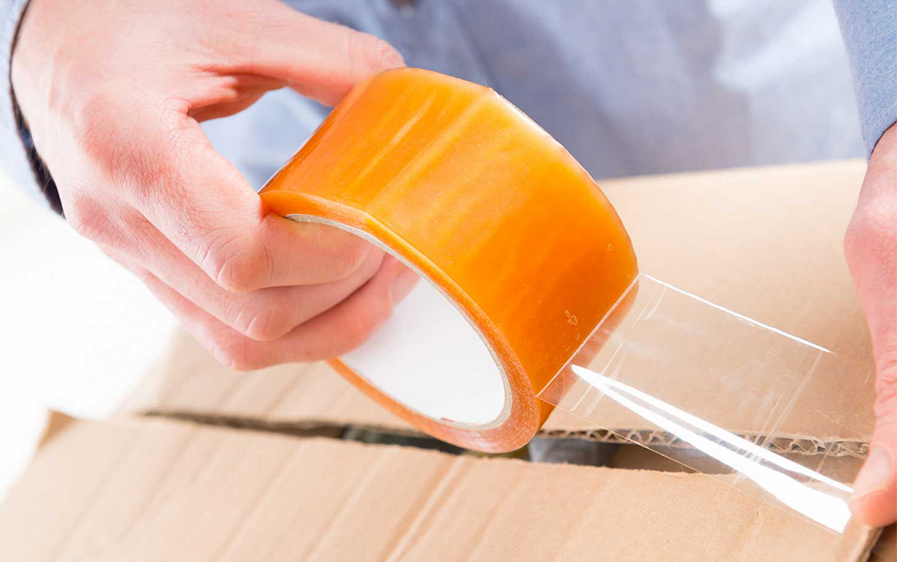All polymers, both natural and synthetic, are prone to degradation when exposed to environmental factors like heat, light, oxygen, and other chemical reactants over time.
Without proper stabilization, the structural and mechanical properties of polymers break down, shortening their usable lifetime. This is where Polymer Stabilizers play a key role in preserving plastics and ensuring long-lasting performance.
Heat Stabilizers
Thermal degradation is one of the primary causes of polymer breakdown. During processing at high temperatures or in applications utilizing heat, polymers can undergo chain scission where molecular bonds break apart. This damages the overall molecular structure and compromises strength and integrity. Heat stabilizers function by inhibiting or preventing these chain scission reactions. Common heat stabilizers include phosphite antioxidants which react with and stabilize free radicals formed during thermal oxidation. Other types incorporate metals like calcium and zinc which neutralize heat through a complex array of interactions at the molecular level. Proper addition of heat stabilizers allows polymers to withstand temperatures well above their normal melting points during fabrication without structural failure or discoloration over time.
Light Stabilizers
Exposure to sunlight’s ultraviolet radiation leads to photo-oxidative degradation of polymers on surfaces. UV rays generate reactive oxygen species that attack chemical bonds and cause undesirable changes. Light stabilizers absorb UV energy through aromatic rings in their structure before it reaches the polymer backbone. This shielding effect prevents photolysis and photoxidation reactions from initiating polymer chain scissions. Common UV absorbers use in light stabilization include benzophenones, benzotriazoles, and hydroxyphenyltriazines which absorb preferentially in the 300-400nm wavelength range of highest UV intensity. They allow plastics like polycarbonate, polyethylene, and polypropylene products to endure years of sunlight with no visible fading, cracking or embrittlement.
Antioxidant Stabilizers
During oxidation, atmospheric oxygen inserts into weak spots along polymer chains. As the oxidation propagates, it causes bond breakage and formation of carbonyl and hydroxyl groups that degrade material properties. Antioxidants terminate these auto-oxidation chain reactions by reacting with and quenching intermediate peroxyl radicals. Common antioxidants used are hindered phenols and phosphites which donate hydrogen atoms to peroxyl radicals more rapidly than the polymer itself. This stabilization mechanism prevents oxidation from progressing further through the bulk of the material. It enables plastics in everything from food packaging to automotive components to maintain appearance, flexibility and strength despite long-term air exposure.
Stabilization for Specific Polymers
Different polymers require unique stabilization formulations tailored to their chemistry and end-use environments. For polyvinyl chloride (PVC) used in piping and siding, tin-based stabilizers like organotin mercaptides protect against heat and light degradation mechanisms. In polyethylene terephthalate (PET) beverage bottles, cobalt-based stabilizers promote thermo-oxidative stability at elevated blow molding temperatures. Polyurethanes, which are susceptible to moisture and solvent cracking, benefit from stabilizer blends containing epoxies and phenolic antioxidants. The right chemical package maintains durability of products like mattresses, adhesives, and coatings containing polyurethane. Specialty applications in industries from medical to aerospace also demand stabilizer systems optimized for that material’s characteristic conditions and performance requirements. Proper consideration of the polymer and intended application guides stabilizer selection.
Improving Stabilizer Efficiencies
Ongoing research continually enhances polymer stabilization technologies. New antioxidant chemistries use molecular modeling to maximize reactivity towards reactive intermediates with minimal consumption. Nanoparticle formulations leverage quantum dot properties to boost light screening ability. Combining hindered amine light stabilizers with sterically hindered phenols creates synergistic antioxidant systems many times more effective weight for weight. Advanced processing allows thorough dispersion of stabilizer packages for uniform protection throughout composite materials. These advances reduce additive usage levels needed while improving stabilization levels, lowering costs and minimizing potential extractable residues. Areas like bioplastics and renewable feedstocks also demand new stabilizer platforms compatible with their distinctive compositions. Continuous improvement keeps plastics durable and sustainable.
*Note:
1. Source: Coherent Market Insights, Public sources, Desk research
2. We have leveraged AI tools to mine information and compile it




